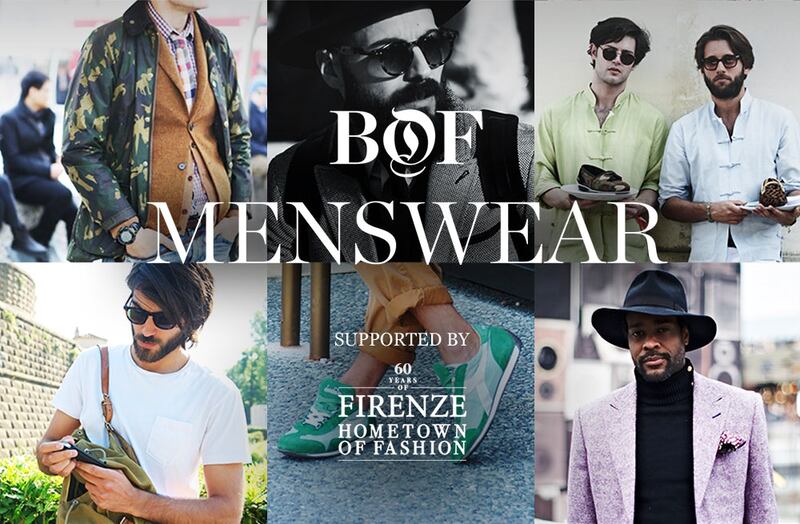
The Business of Fashion
Agenda-setting intelligence, analysis and advice for the global fashion community.

Agenda-setting intelligence, analysis and advice for the global fashion community.
KYIV, Ukraine — Occupying a four-storey mansion in Kyiv, Sanahunt, a veritable bazaar of shop-in-shops, houses more than 200 brands arrayed over 7,000 square metres of retail space, making it the largest luxury store in Ukraine. Its menswear department stocks over 50 brands, including Tom Ford, Brunello Cucinelli, Brioni, Kiton, Lanvin and Alexander McQueen — all of which chose the store as their entry point into the Ukrainian market. BoF spoke to Oksana Moroz-Hunt, president and founder of Sanahunt, to learn more.
BoF: Tell me about Sanahunt’s overall approach.
OMH: Our goal is to present our clients' dreams without borders and turn those dreams into reality for them. The store has set the rhythm for the development of the fashion market in Ukraine and in much of Eastern Europe. Having launched initially as a luxury boutique, stocking apparel only, Sanahunt has step-by-step been transformed into a peculiar style laboratory and a place to exchange ideas, experiences and mutual creativity, tapping the brightest and most talented individuals today. The location of our store, in the very centre of the city, is also a major business advantage. It’s a classic definition of the three L's — location, location, location — which is so important in the retail business, especially when it's luxury retail.
BoF: Who is Sanahunt's menswear customer and how has this customer evolved over time?
ADVERTISEMENT
OMH: This is a modern man that completely corresponds to the values of the 21st century. He travels frequently, works a lot and his time is of high value. That is why he is coming to Sanahunt, as he is sure to find, in this one united space, everything that he needs for both his business and informal life.
BoF: What are Sanahunt’s key men's brands and product categories?
OMH: In the menswear department, we represent more than 50 brands. Classic giants, the most famous shoe masters and young innovators are all here. If we are talking about the classic department, the leading sellers are Brunello Cucinelli, Brioni, Zilli, Artioli and Bontoni, while in the fashion department, the most successful are Tom Ford, Lanvin and Philipp Plein. The key product categories in menswear are suits, knitwear, outerwear, shoes and accessories; they have definitely been the key revenue drivers over the past 10 years.
BoF: How have Ukraine’s current political troubles impacted Sanahunt?
OMH: Of course, the events of the last months were a ‘cold shower’ for us. However, as one might imagine, a ‘cold shower’ trains the body and sobers the mind. The crisis has acted as an impulse for us to make a number of strategic and operational decisions in the company. It should be noted that Sanahunt has been on the market for 15 years and this is not the first crisis, or the first time we have encountered difficulties along the way. The secret, most likely, is in the fact that Sanahunt is not a short-term project; it is a lifelong work with big plans and even bigger ambitions.
This interview has been edited and condensed.
Sanahunt is one of 30 leading menswear retailers recently recognised by The Business of Fashion and Pitti Immagine. To explore the full list, visit BoF’s new Menswear Hub, where you will also find menswear news and analysis from BoF correspondents and around the web, as well as a live index of the most influential people shaping the global menswear market.

The company, under siege from Arkhouse Management Co. and Brigade Capital Management, doesn’t need the activists when it can be its own, writes Andrea Felsted.
As the German sportswear giant taps surging demand for its Samba and Gazelle sneakers, it’s also taking steps to spread its bets ahead of peak interest.
A profitable, multi-trillion dollar fashion industry populated with brands that generate minimal economic and environmental waste is within our reach, argues Lawrence Lenihan.
RFID technology has made self-checkout far more efficient than traditional scanning kiosks at retailers like Zara and Uniqlo, but the industry at large hesitates to fully embrace the innovation over concerns of theft and customer engagement.